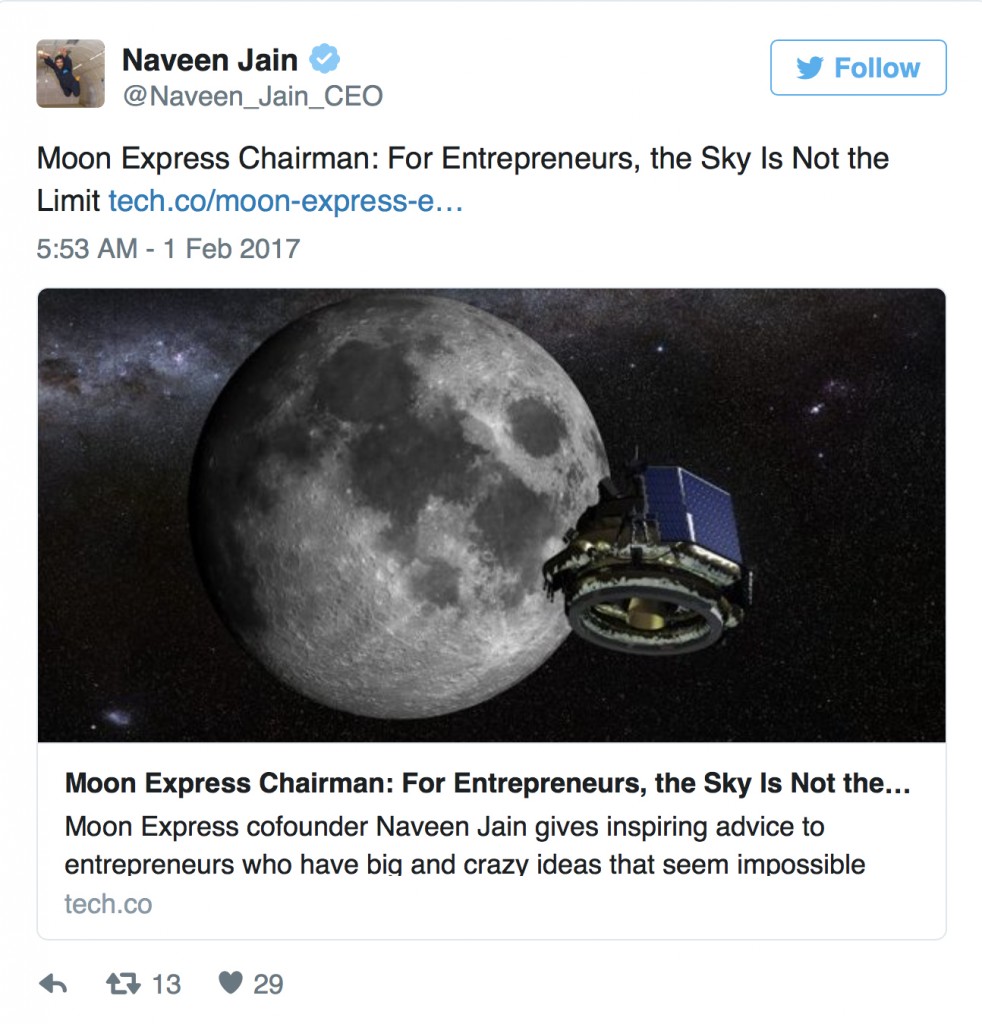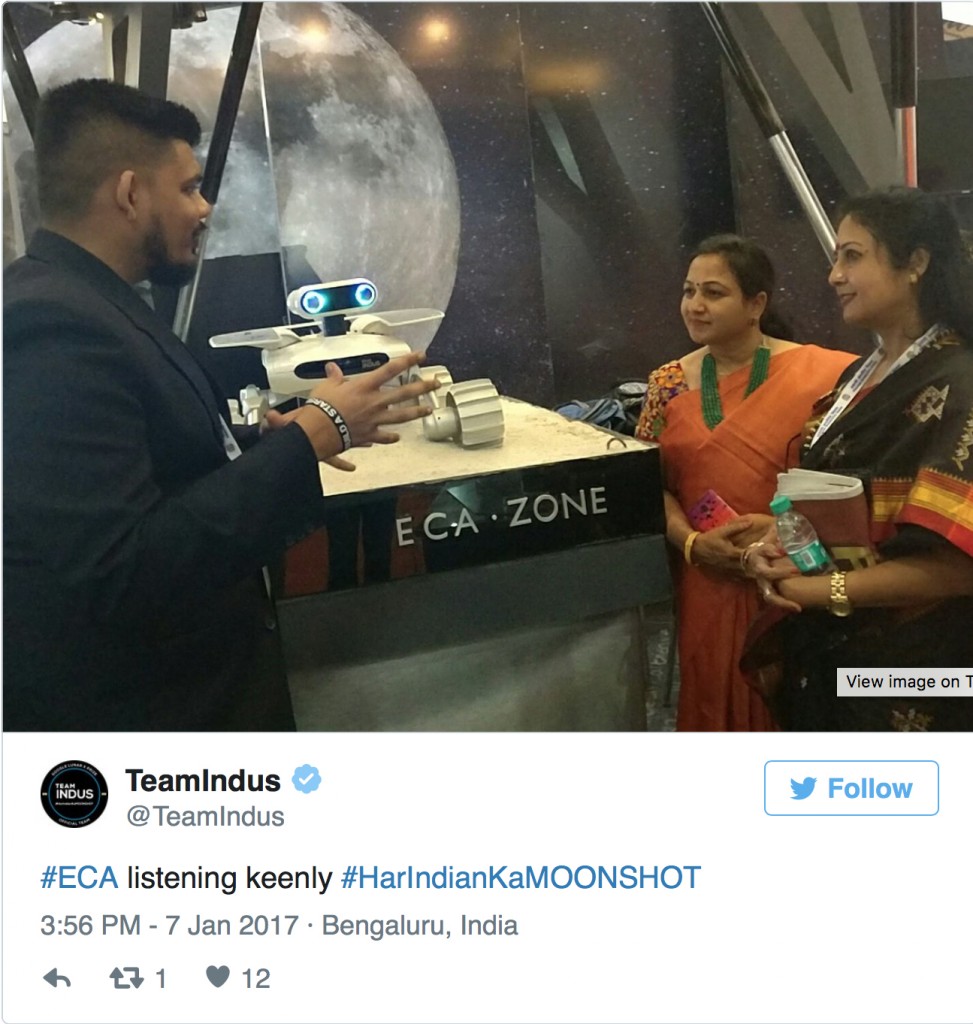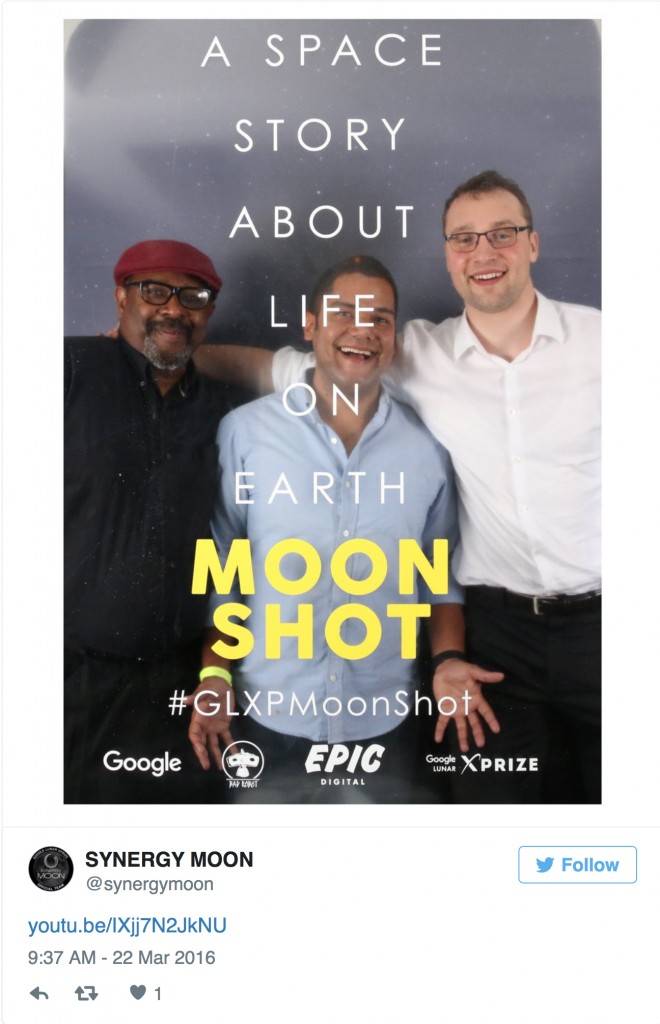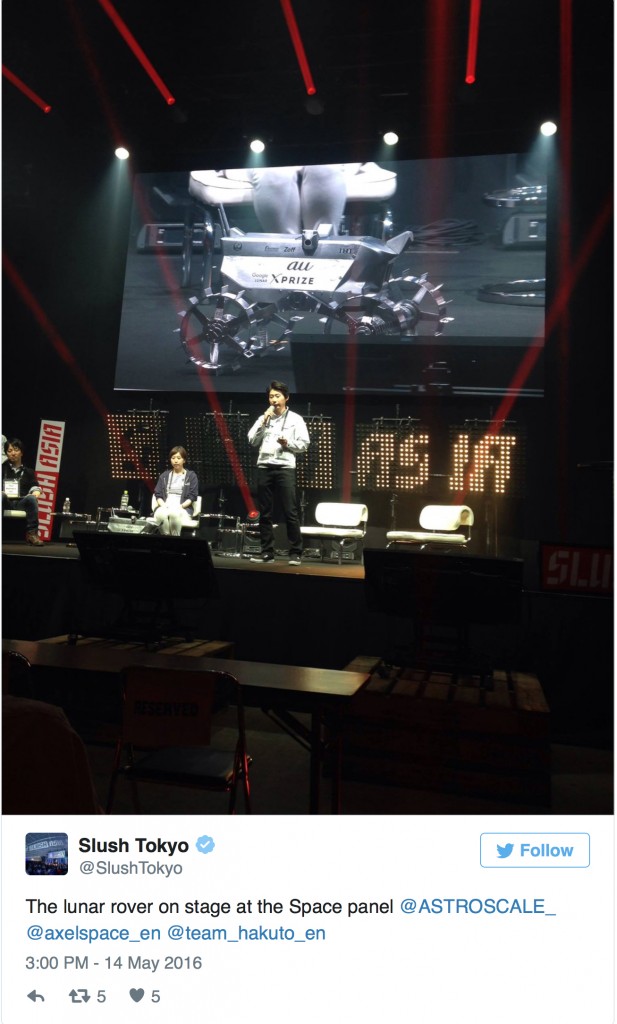Traveling 500 meters — easy, right? Not on the moon.
The five Lunar XPrize finalists are trying to
- Land a vehicle on the moon.
- Travel 500 meters.
- Send high-definition photos and video back to Earth.
The first to accomplish all three objectives wins the $20 million grand prize. Even if they don’t reach the moon first, teams also can win millions for other accomplishments, like traveling more than 5 kilometers or streaming video from one of the sites of the Apollo moon landing missions.
“Each of these teams has pushed the boundaries,” said Chanda Gonzales-Mowrer of the Lunar XPrize, which is sponsored by Google.

Apollo 11 astronauts photographed the moon in 1969 using film cameras. Teams in a global competition to land on the moon hope to share high-definition video. (NASA)
Let’s meet the competitors:
Moon Express
Silicon Valley startup Moon Express considers the moon an “eighth continent” and a crucial next step in space exploration. The company hopes to unlock and develop the moon’s resources for commercial use. Its vehicle will “hop” across the moon’s surface with rockets.

Team Indus
Powered by India’s innovators, Team Indus describes itself as “what happens when ordinary folk come together with an extraordinary dream.” Their rover, ECA (a Hindi acronym for “one small wish”), looks like a shiny aluminum cousin of the robot in Pixar’s 2008 movie WALL-E.

Synergy Moon
Synergy Moon is an international team with members from more than a dozen countries and some of the 28 XPrize entrants who didn’t make the finals. Their rover will fly on a Neptune 8 rocket from Interorbital Systems, an American aerospace manufacturer headquartered in California.

Hakuto
Tokyo-based Team Hakuto is sending two tiny rovers to the moon. Named Tetris and Moonraker, the pair aim to explore holes thought to be “skylights” into long-dormant lava tubes, relics from when the moon was volcanically active.

SpaceIL
SpaceIL has designed a “hopper,” a craft designed to land on the moon, then use spare fuel to blast off and land a second time, 500 meters away. The team, which is based in Israel, hopes to inspire a new generation to take an interest in science and space.

Over 30 competitors have tried for the Lunar XPrize since 2007. Check out some of their amazing journeys below, part of a nine-episode YouTube series:
A finalist must launch this year to win the grand prize.







COMMENTS0
LEAVE A COMMENT
TOP